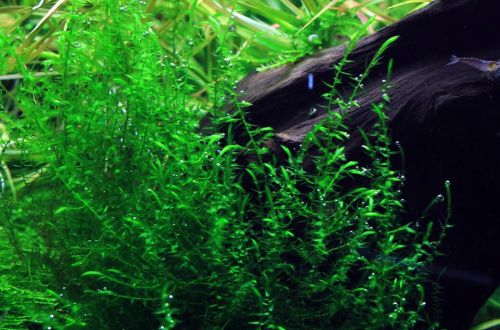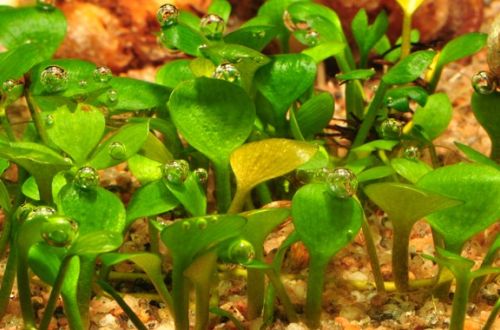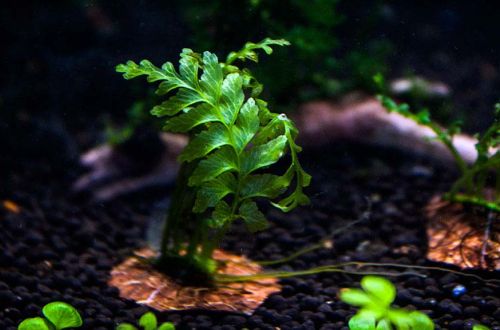
Moss Drepanocladus
Moss Drepanocladus, scientific name Drepanocladus aduncus. It is widely distributed in aquariums, but under a different name in the composition of Thong Moss (Leptodictyum riparium). Both species are almost identical, and the differences are so small that the untrained eye is unlikely to detect a difference. Name confusion is of little concern to the average aquarist, as the growth requirements are the same.

In nature, it is found on almost all continents with the exception of Australia and Antarctica. The natural habitat covers temperate and equatorial climatic zones. It grows everywhere in the humid environment of swamps, lakes, along the banks of rivers, in flood meadows. In shallow water, it forms dense dark green thickets with slightly convex crescent-shaped tips sticking out of the water. Submerged shoots grow vertically and branch heavily near the surface in high light conditions. At a depth in low light, they are slightly branched.
Consists of thin stems. If the moss is immersed in water and fixed at the bottom, then the stems grow vertically. Leaves are located directly on it. When reaching the surface, lateral branches begin to grow, forming a dense network. Such thickets can serve as a great hiding place for small fish or fry. Like most other lower plants, Drepanokladus moss is completely unpretentious and perfectly adapts to the widest ranges of temperatures, illumination and hydrochemical composition of water. It can be placed in an aquarium and no longer cared for, only periodically thinned out or reduced in density.





